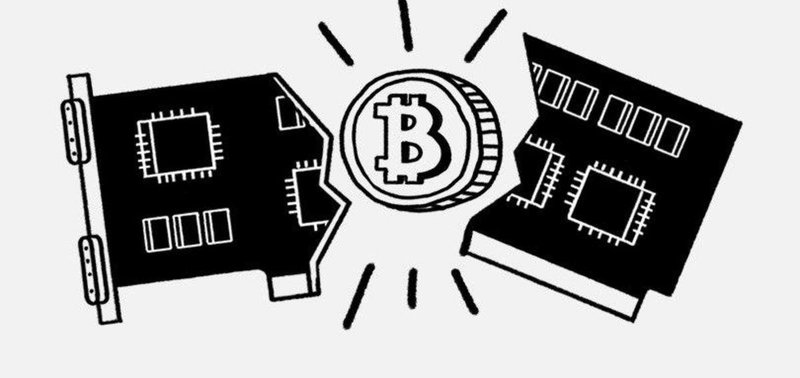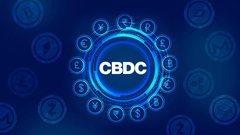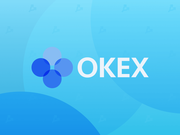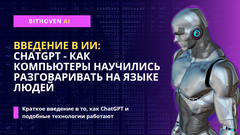Bitcoin mining
8 minutes
Beginner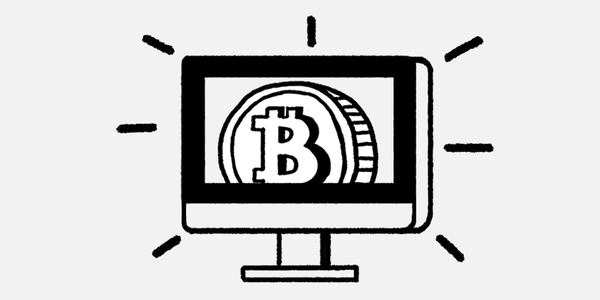
- The term "mining" is becoming increasingly popular - in 2022, practically everyone who is interested in world news has heard of it. It is often used together with the words "earning" and "Bitcoin" because it was this cryptocurrency that appeared first.
- The word "mining" comes from the English word "mining", which can be translated as "extraction". The connection to the modern term is direct - because miners are precisely "mining" cryptocurrency, mostly for sale and profit. Mining is done using mathematical calculations, for which powerful computers and specialized devices are used.
- In the early years of Bitcoin, users could engage in mining with their personal computers. However, today, to make a profit, it is necessary to use specialized mining equipment. Since solo mining is a very laborious process, many miners join mining pools, increasing their chances of receiving a reward for a block, which is proportionally distributed among all pool participants.
Bitcoin mining maintains the blockchain in its current state and ensures that transactions being conducted are legitimate. This gives users the ability to trust the system itself, rather than other participants in the transaction process. In this sense, mining is the foundation of Bitcoin's security.
The idea of earning BTC through mining is incredibly attractive. The days of mining with a central processing unit are long gone, and today even the presence of a physical computer is not always necessary. But before you decide whether or not you're ready to start mining, let's briefly discuss the principles behind how it works.
What is bitcoin mining?

If a user creates a new transaction, they need to wait for other network users (nodes) to verify and confirm it. Miners are responsible for collecting pending transaction confirmations and grouping them into a block candidate (a new block that has not yet passed verification).
The miner must find a valid block hash for their block candidate. A hash is a set of numbers and letters that serves as a unique identifier for each block.
To create a new block hash, a miner needs to gather the hash of the previous block, the data from their block candidate, a nonce (a random one-time code), and confirm all of this using a hash function. The miner must find a nonce that, in combination with all the data, will generate the block hash. The hash begins with a certain number of zeros, which changes depending on the mining difficulty. A valid block hash proves that the miner has done the necessary work to validate their block candidate (hence the name Proof of Work algorithm).
After collecting unconfirmed transactions and creating a block candidate, the only thing that can be changed is the nonce. Mining equipment is used precisely for this task. In the complex process of selection, mining rigs continue to change the nonce and hash the combined data until they find a solution for that block (i.e., a hash starting with a certain number of zeroes).
Once the miner finds a valid hash, they confirm their block candidate and receive a reward in bitcoins for it, and all waiting transactions within that block get confirmed status.
What does a BTC miner earn?
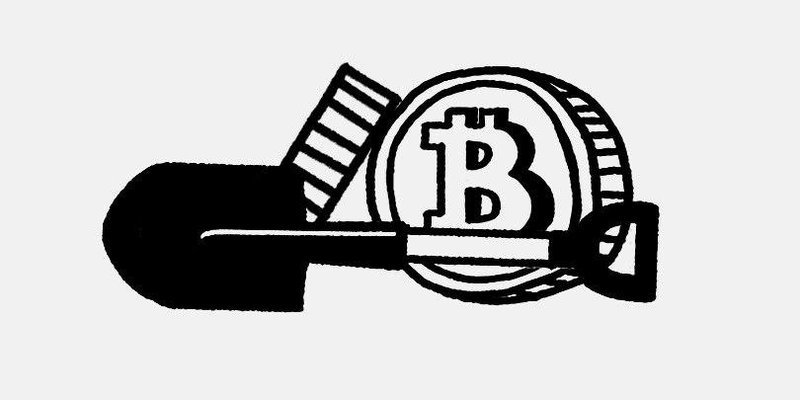
For each new block, a miner receives a reward consisting of newly generated bitcoins (block reward) and transaction fees. The reward for the block is usually what is meant by the term "reward", as fees make up only a small part of it.
In 2009, the reward for a block was 50 BTC and was halved every 210,000 blocks (approximately every four years). This process is called halving and led to a reduction in the reward to 25 BTC in 2012, then to 12.5 BTC in 2016, and finally to 6.25 BTC in 2020. The next halving is expected in 2024. As of May 2021, the reward for one block is about $300,000 USD.
But don't rush to buy mining equipment until you evaluate all profitability factors. The most important indicator of a mining rig is the speed at which it finds nonces. This indicator is called the hash rate and determines the success of a Bitcoin miner. The higher the hash rate, the faster your equipment can find a nonce.
Another important indicator is energy consumption. If you spend more money on electricity than you earn from mining, it's worth considering the feasibility of this business.
How to start mining bitcoin?
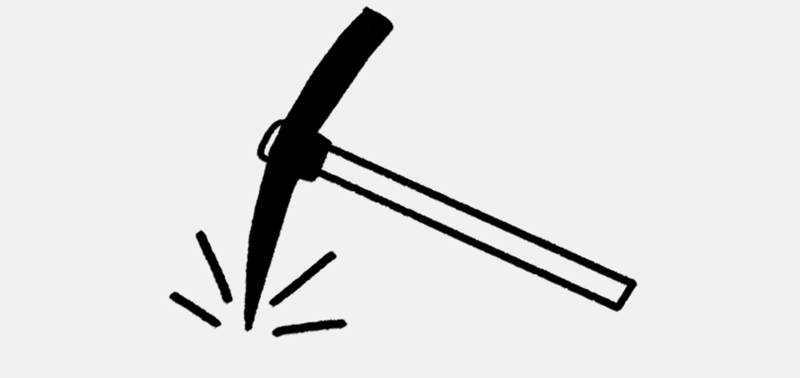
Since Bitcoin is decentralized and has open-source code, anyone can start mining. Previously, it was necessary to use a personal computer to mine new blocks, but as the difficulty of this process increased, so did the requirements for equipment power (more on that below).
Theoretically, you can try to mine on your personal computer, but the likelihood of finding a valid hash is practically zero. The hash function is calculated relatively quickly, but finding a large number of random input data takes a long time. That's why, without specialized equipment, your chances of success are low.
What equipment is better to use?
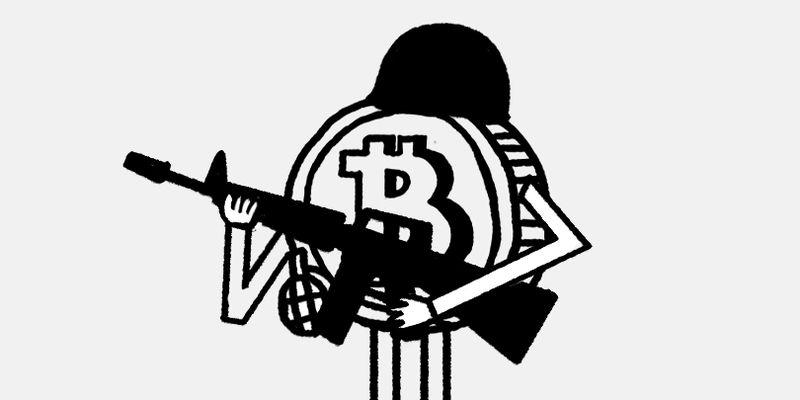
Typically, CPU, GPU, FPGA, or ASIC are used for mining. Some altcoins can still be mined using GPUs. Depending on the mining algorithm, difficulty, and electricity costs, FPGA setups can also be considered. However, for Bitcoin, the most efficient solution is ASIC systems.
CPU (Central Processing Unit)
Processors work as a universal chip responsible for distributing tasks across different parts of the computer. However, they are not as efficient for cryptocurrency mining.
GPU (graphics processing unit)
Graphics processing units perform various functions. They are mainly used for graphics processing and displaying it on the screen. They can break down complex tasks into smaller ones to increase performance. Some altcoins can be mined with a GPU, but the efficiency will depend on the algorithm and mining difficulty.
FPGA (field-programmable gate array)
FPGAs can be programmed and reprogrammed to serve different functions and applications. They can be customized and are cheaper than ASIC systems, but they are less efficient for mining.
ASIC (application-specific integrated circuit)
The acronym ASIC stands for "application-specific integrated circuit". These computers are designed for one purpose only - mining cryptocurrencies. ASIC systems offer fewer opportunities for individual customization, are more expensive than FPGAs, but their hash rates and power consumption levels make them the most efficient option for mining bitcoins.
Mining Pools
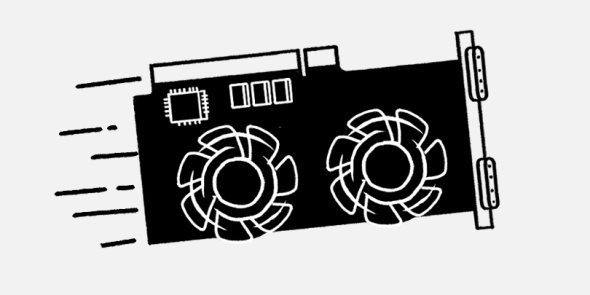
The probability of mining a block on your own is extremely low. Joining a mining pool allows you to combine your computing power with other miners. When the pool successfully mines a block, miners receive a share of the mined bitcoins in proportion to the computing power they provided for mining.
Cloud mining
If you don't want to delve into technical aspects, you can always join a cloud mining farm, and the owners of the farm will take care of the hardware and software. In other words, cloud mining is when you pay someone to mine on your behalf, and the farm owner shares the profits with you. However, this option is very risky because there are no guarantees that your investment will pay off. Many cloud mining services have often turned out to be fraudulent schemes, so be careful.
Conclusion
Having a basic understanding of how Bitcoin works will not steer you wrong. With the proper combination of hardware and software, anyone can start mining and contribute to the security of the Bitcoin network. And even if you decide that mining is not for you, you can still contribute by running a Bitcoin node.
The initial investments for profitable mining are very large and involve a lot of risks. Your profit will also depend on market conditions and external factors such as electricity prices and equipment improvements. Before purchasing specialized equipment, carefully study all the necessary information.
